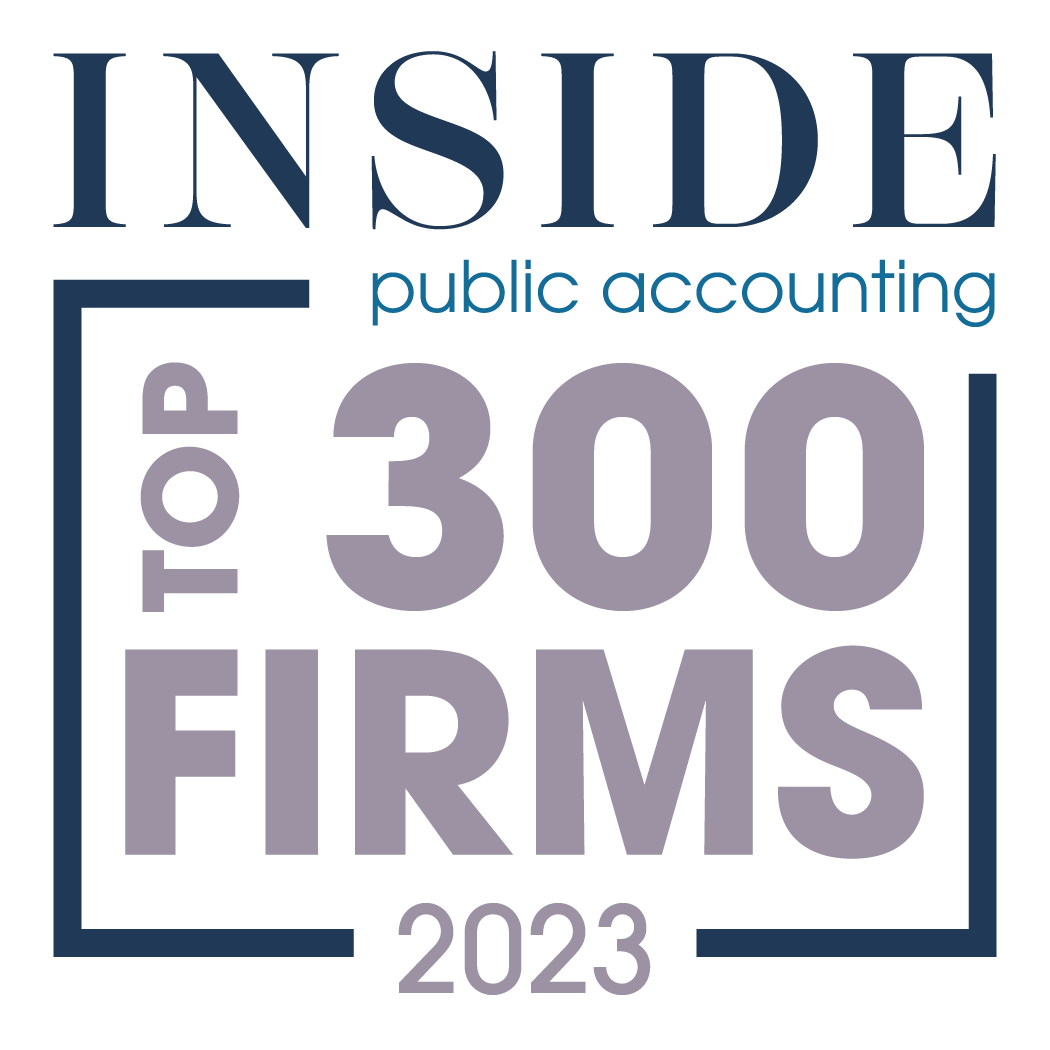Inflation Reduction Act expands valuable R&D payroll tax credit – part one

Most news coverage surrounding the recently signed Inflation Reduction Act (IRA) focused on its health care and climate change sections. However, the measure also improves a frequently disregarded federal tax credit for qualified small businesses. For tax years beginning after 2022, the IRA more than doubles the amount that an eligible firm may be able to deduct as a research and development (R&D) tax credit to offset its payroll tax. However, there is a maximum of up to $2.5 million over five years. The credit allows a qualified business to leverage the R&D tax benefit even with little to no income tax liability. This benefit could potentially free up significant cash flow.
Background on the pre-IRA credit
The Protecting Americans from Tax Hikes (PATH) Act established a long-term incentive for qualified start-up businesses to conduct R&D inside the country. Early-stage companies without income tax liability couldn’t benefit from the Section 41 tax credit for eligible in-house and contract research activities.
The PATH Act changed the Section 41 credit, allowing taxpayers to apply up to $250,000 of the credit against their portion of the Social Security, or FICA, tax for their employees rather than against income tax. The modification came into effect for tax years after December 31, 2015.
The payroll tax election is available to taxpayers with gross receipts of less than $5 million for the tax year. Those taxpayers must also have no gross receipts for any tax year over five years before the end of the current tax year. The latter criterion restricts the payroll tax credit mainly to start-up businesses. In addition, the gross receipts must be annualized for an entire year if the taxpayer had a tax year that was less than a full year.
Research qualifications for eligibility
Keep in mind that not all research qualifies. For the research to be eligible for the credit, it must:
- Perform to eliminate technical uncertainty about the development or improvement of a product or process, including computer software, techniques, formulas, and inventions
- Be undertaken to discover information that’s technological in nature (meaning based on physical, biological, engineering, or computer science principles)
- Intend for use in developing a new or improved business product or process
- Elements of a process of experimentation relating to a new or improved function, performance, reliability, or quality
Wages for research participants, research costs, and computer use payments are all qualifying research expenses. They also consist of 65% of the costs spent or paid by contractors. The credit is equal to the lesser of the following amounts:
- The Section 41 credit for the current tax year
- An elected amount not to exceed $250,000
- The carryforward for the general business credit for the tax year (before application of the payroll tax credit for the year)
Remember that S companies and partnerships are exempt from the typical business credit carryforward restriction.
More on the R&D payroll tax credit
The IRS should release updated tax forms for 2023 and information on the enhanced small business R&D tax credit. Contact our RRBB accountants and advisors if you believe you could be eligible today or in the past. In the meantime, keep an eye out for part two of this blog post series!
© 2022
RRBB eNEWSLETTER
Get free tax planning and financial advice

